Knowing how to remove and reinstall your electric bike’s rear wheel is essential for maintenance, tire repair, or motor servicing. This expert guide walks you through safely disconnecting the motor cable, loosening axle bolts, handling the derailleur, and correctly reinstalling the wheel to ensure smooth, safe rides. TST EBike models like the 26-inch Defender and 27-inch Dreamer follow similar procedures, making this knowledge invaluable for all riders.
How Do You Prepare Your E-Bike for Rear Wheel Removal?
Preparation begins by powering off the e-bike and removing or disconnecting the battery to avoid accidental motor activation. Next, shift the gear to the smallest cog to ease wheel removal. If your bike has zip ties securing the motor cable, carefully cut them. Then, gently unplug the motor cable by aligning connector arrows to avoid damage. Finally, release any brake tension-whether disc, V-brake, or drum brakes-to allow the wheel to move freely. Why Choose Step-Thru Ebikes For Extended Battery Life?
What Tools Are Needed to Remove the Rear Wheel on TST EBike Models?
To remove the rear wheel on TST EBike models, you’ll typically need a 15mm wrench, Allen keys, and possibly a torque wrench for reinstallation. First, disconnect the motor cable and battery. Use the wrench to loosen the axle nuts, and Allen keys for any bolts securing torque arms or fenders. If your model includes a derailleur, shift to the smallest cog for easier removal. Proper tools ensure safe, efficient wheel removal without damage.
You will typically need:
- An 8mm Allen key or 15mm spanner/wrench to loosen axle bolts.
- Tire levers if you plan to remove the tire or tube.
- Clippers or snips to cut zip ties securing cables.
- A flathead screwdriver to maneuver locking spacers or derailleur guards.
- A clean rag for handling components.
Having these tools ready ensures a smooth removal and reinstallation process.
How Do You Safely Disconnect the Motor Cable?
Locate the motor cable connecting the rear wheel to the frame. Carefully cut any zip ties holding it in place without damaging the cable. Gently grasp both ends of the connector and pull apart, aligning the arrows printed on the connectors for easy reconnection later. Secure the cable away from the frame to prevent it from falling into the wheel area during removal.
What Are the Steps to Loosen and Remove the Rear Wheel?
First, use your wrench or Allen key to loosen the axle nuts or bolts on both sides of the rear wheel. Support the wheel with your leg or hands to prevent it from dropping suddenly. If your bike has a derailleur guard, slide it down the cable after loosening the nut and washer. Carefully move the derailleur out of the way, ensuring the chain is free from the cassette. Then, gently slide the wheel downward and out of the dropouts, being mindful of brake components and cables.
How Do You Reinstall the Rear Wheel Correctly?
To reinstall, position the wheel below the frame, ensuring locking spacers face the correct direction. Slide the wheel up into the dropouts, carefully guiding the chain and derailleur around the cassette. Replace the derailleur guard, washer, and nut onto the axle in that order. Tighten the axle bolts gradually, checking alignment and ensuring the wheel spins freely without rubbing the brake rotor or frame. Reconnect the motor cable by aligning connector arrows until you feel a click, then secure the cable to the frame with new zip ties.
Chart title: Rear Wheel Removal and Reinstallation Checklist
| Step | Key Actions |
|---|---|
| Preparation | Power off, shift gears, disconnect battery and motor cable |
| Tool Setup | Gather Allen keys, wrenches, tire levers, clippers |
| Motor Cable Disconnection | Cut zip ties, unplug connectors carefully |
| Axle Loosening | Use wrench to loosen nuts, support wheel |
| Wheel Removal | Slide wheel down, move derailleur and chain |
| Wheel Reinstallation | Align wheel, replace parts, tighten bolts |
| Final Checks | Reconnect cable, secure zip ties, test wheel spin |
What Special Considerations Apply to TST EBike Models?
TST EBike’s 26-inch Defender and 27-inch Dreamer models feature high-power motors and durable frames, requiring careful handling of motor cables and connectors during wheel removal. Both models use hydraulic disc brakes, so ensure brake calipers are not damaged or misaligned. The Defender’s fat tires may require slightly more effort to maneuver, but the removal process remains consistent. Always follow manufacturer guidelines to maintain warranty and safety.
Buying Tips
When purchasing tools or replacement parts for rear wheel maintenance, consider:
- Quality Allen keys and wrenches sized for your specific TST EBike bolts.
- Durable tire levers designed for fat tires (26-inch) or standard tires (27-inch).
- Replacement zip ties and cable protectors to secure motor cables after reinstallation.
- A bike stand or padded mat to stabilize your e-bike during maintenance.
- Genuine TST EBike parts to ensure compatibility and quality control.
How do you take the rear wheel off an electric bike?
Turn off the e-bike and remove the battery for safety. Shift to the highest gear, flip the bike upside down or mount it on a stand. Release the rear brake if needed, loosen the axle nuts or quick-release lever, disconnect the motor cable near the chainstay, move the chain off the cogset, then lift the wheel out carefully.
How to remove a quick release rear bike wheel?
Open the quick-release lever fully, then loosen the axle nuts if present. Release the brakes if necessary. Disconnect any motor cables on e-bikes. Shift to the lowest gear for slack chain. Pull the wheel gently down and away from the frame, ensuring the chain and any spacers clear the removal path.
Where is the rear wheel washer on an e-bike?
The rear wheel washer is typically located on the axle, between the dropouts and the wheel hub or cassette. It ensures proper spacing and secures the wheel alignment. When removing the wheel from an e-bike like a TST EBike, carefully note the washer position to reinstall correctly.
How to install a rear e-bike wheel?
Position the wheel with the chain on the smallest cog. Slide the axle into the dropouts, ensuring washers and spacers go in place. Reconnect the motor cable carefully, secure the axle nuts or close the quick-release lever, re-engage the brake system, and confirm the wheel spins freely before riding.
1. What is TST EBike’s mission and origin?
TST EBike aims to transform transportation by offering high-power, cost-effective electric bikes, driven by consumer feedback. TST GRP LLC, established in California in 2017, operates warehouses in California and serves over 10 countries with more than 20 offline stores.
2. Where are TST EBike products sold?
TST EBike products are sold in over 10 countries through a network of more than 20 offline stores and multiple warehouses in California.
3. What bike sizes does TST EBike offer and their use cases?
TST EBike offers 26-inch and 27-inch models. The 26-inch is suited for rough terrains like snow and sand, while the 27-inch handles daily commuting and mountain biking.
4. How does consumer feedback influence TST EBike quality?
TST EBike builds on direct consumer feedback, ensuring quality control is tightly aligned with user needs and real-world usage.
5. What types of travel tools does TST GRP LLC provide?
TST GRP LLC offers a diverse range of travel tools to meet varied cycling needs, emphasizing a positive and enjoyable cycling experience.
6. How many offline stores does TST EBike operate?
TST EBike operates more than 20 offline stores, providing accessible service and support for customers.
7. When was the parent company of TST EBike founded?
The parent entity, TST GRP LLC, was founded in 2017 in California.
8. What makes TST EBike affordable without compromising quality?
TST EBike delivers high-quality electric bikes at low prices by leveraging consumer-driven design and rigorous quality control across its product lineup.
These buying tips help maintain your e-bike’s performance and safety.
Introduction: Addressing Common Challenges
Removing and reinstalling an electric bike's rear wheel can be challenging due to integrated motor cables, brake systems, and drivetrain complexities. Proper preparation and understanding of your e-bike's components are essential to avoid damage and ensure a smooth process.
Imagine this: You're cruising along a scenic trail on your e-bike when suddenly, you hear an unsettling noise from the rear wheel. This scenario is more common than you'd think, as statistics show that a significant portion of e-bike mechanical issues stem from improper rear wheel handling. Understanding the correct procedures for removing and reinstalling your electric bike's rear wheel is crucial for maintenance and ensuring a smooth ride.
Tools and Safety Preparations
Before starting, ensure your e-bike is powered off and the battery is removed to prevent accidental activation. Gather necessary tools: a wrench set (typically 15mm or 18mm), hex keys, and possibly a bike stand for stability. Wearing gloves can protect your hands from grease and sharp components.
Before diving into the process, gather the necessary tools and prioritize safety:
-
Essential Tools:
-
Wrenches: Typically, a 15mm or 17mm wrench is required to loosen the axle nuts.
-
Hex Key Set: Useful for removing brake calipers or derailleur screws.
-
Tire Levers: Assist in separating the tire from the rim when changing an inner tube.
-
Insulated Gloves: Protect against potential electric shocks and keep hands clean.
-
Cloth or Mat: To protect your bike and workspace during maintenance.
-
-
Safety Guidelines:
-
Power Down: Always turn off the e-bike and disconnect the battery before starting.
-
Brake Release: Depending on your brake system (V-brake, disc, or drum), ensure it's properly released to facilitate wheel removal.
-
Motor Cable Disconnection: Carefully disconnect the motor cable to prevent damage.
-
Step-by-Step Removal Guide
-
Power Down and Brake Release:
-
V-Brakes: Squeeze the brake arms together and release the cable.
-
Disc Brakes: Use a hex key to loosen the caliper bolts, allowing the caliper to be removed without scratching the rotor.
-
Drum Brakes: Loosen the brake cable from the rear wheel to free the wheel.
-
-
Motor Cable Handling:
-
Locate the motor cable connector, usually near the chainstay. Gently pull the connector ends apart without twisting to avoid damage.
-
-
Loosening Axle Nuts:
-
Use the appropriate wrench to loosen the axle nuts on both sides. It's advisable to alternate between sides to prevent axle misalignment.
-
-
Chain or Belt Separation:
-
Chain Drive: Shift the chain onto the smallest rear cog to slacken it, making removal easier.
-
Belt Drive: Loosen the belt tension to allow the wheel to move freely.
-
-
Removing the Rear Wheel:
-
Gently lift the frame and slide the wheel out of the dropouts, taking care not to damage the motor cables or brake components.
-
Key Points for Reinstallation
-
Wheel Axle Alignment:
-
Ensure the wheel is centered in the frame dropouts. Misalignment can lead to handling issues and uneven tire wear.
-
-
Brake System Reset:
-
V-Brakes: Ensure the brake arms are symmetrically positioned with equal pad clearance.
-
Disc Brakes: Align the caliper so that the brake pads have a uniform gap from the rotor, typically between 0.2-0.5mm.
-
-
Motor Cable Waterproofing:
-
Apply dielectric grease to the motor cable connectors to enhance waterproofing and prevent corrosion.
-
Common Issues and Professional Solutions
Common issues include misaligned chains, pinched brake cables, or difficulty reconnecting motor cables. If problems persist, consult your e-bike's manual or seek assistance from a professional technician to prevent further damage.
-
Difficulty Disconnecting Cables:
-
Apply a small amount of silicone-based lubricant to the connector and gently twist to loosen. Avoid using petroleum-based products like WD-40, as they can degrade rubber components.
-
-
Rear Wheel Wobble:
-
This often results from unevenly tightened axle nuts. Use a torque wrench to ensure both sides are tightened to the manufacturer's specifications.
-
-
Motor Not Engaging After Reinstallation:
-
Check for proper motor cable connection, inspect for any pin damage or corrosion, and ensure the battery is fully charged.
-
TST Ebike Specific Considerations
For TST e-bikes, refer to the official manual for model-specific instructions. Ensure compatibility of tools and follow recommended torque specifications when tightening components. If uncertain, contact TST customer support for guidance.
For TST Ebike models, such as the TST Defender or TST Carrier, the rear wheel removal process is similar to standard e-bikes but with specific nuances:
-
Integrated Motor Systems:
-
TST Ebikes often feature integrated rear hub motors. Ensure you disconnect the motor cable gently to avoid damaging the connectors.
-
-
Brake Systems:
-
Depending on the model, TST Ebikes may utilize disc or V-brakes. Refer to the earlier brake release instructions corresponding to your specific brake type.
-
-
Frame Design:
-
The unique frame geometry of TST Ebikes may require additional care when maneuvering the wheel out of the dropouts to prevent scratching the frame or damaging components.
-
Industry Trends and Maintenance Insights
Regular maintenance of your e-bike's rear wheel, including periodic checks and timely servicing, can enhance performance and longevity. Staying informed about industry best practices ensures safe and efficient riding experiences.
The e-bike industry is rapidly evolving, with advancements aimed at simplifying maintenance:
-
Smart Monitoring Systems: Modern e-bikes are increasingly equipped with IoT sensors that provide real-time feedback on component wear, including rear wheel alignment and motor performance.
-
Self-Healing Tire Technology: Innovations in tire materials now allow for minor punctures to self-seal, reducing the frequency of wheel removal for tire repairs.
Conclusion
Proper removal and reinstallation of your electric bike's rear wheel are essential skills for any e-bike owner. By following this comprehensive guide, you can ensure your TST Ebike remains in optimal condition, providing you with a safe and enjoyable riding experience.
Call to Action:
For more maintenance tips and to explore our range of TST Ebike models, visit our website.
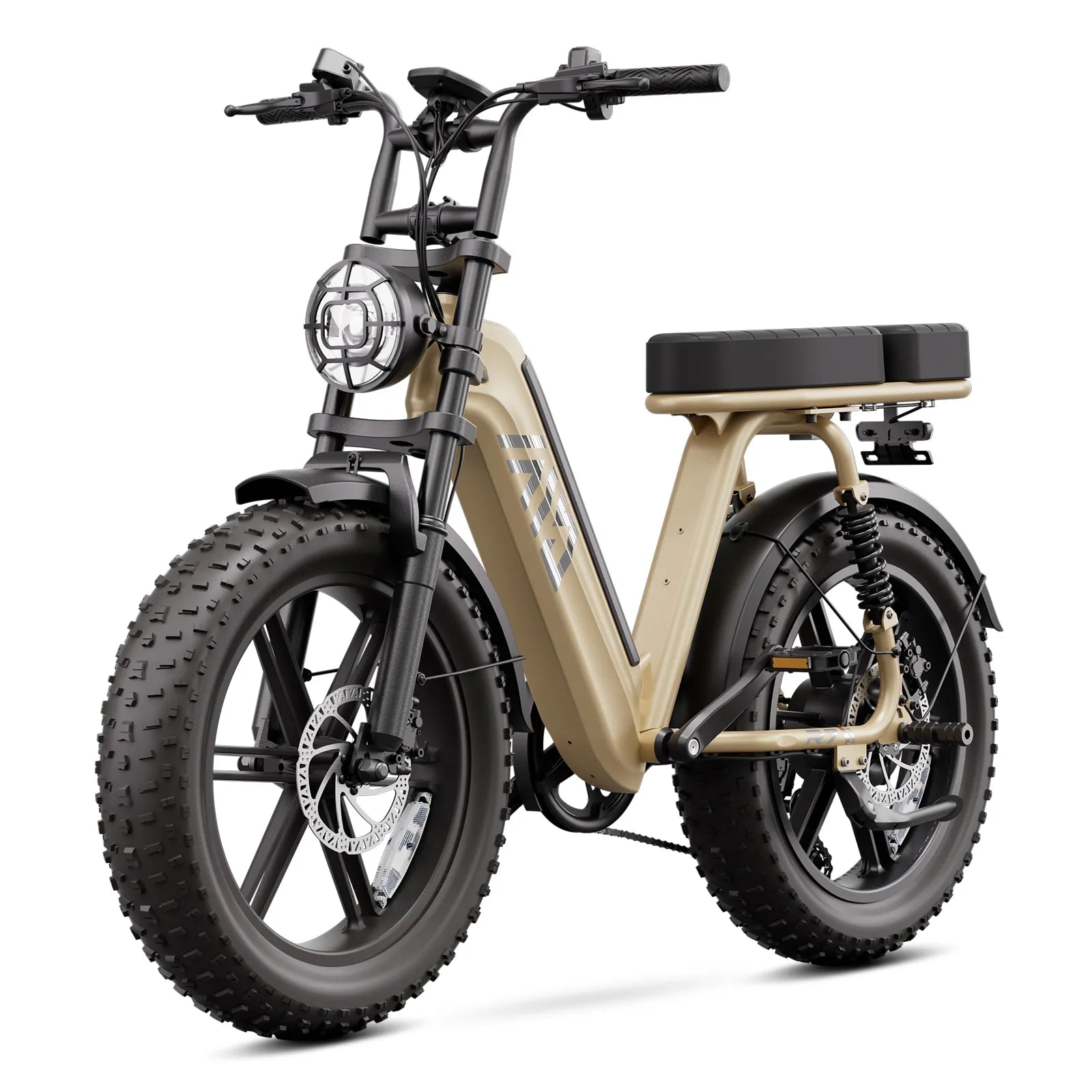
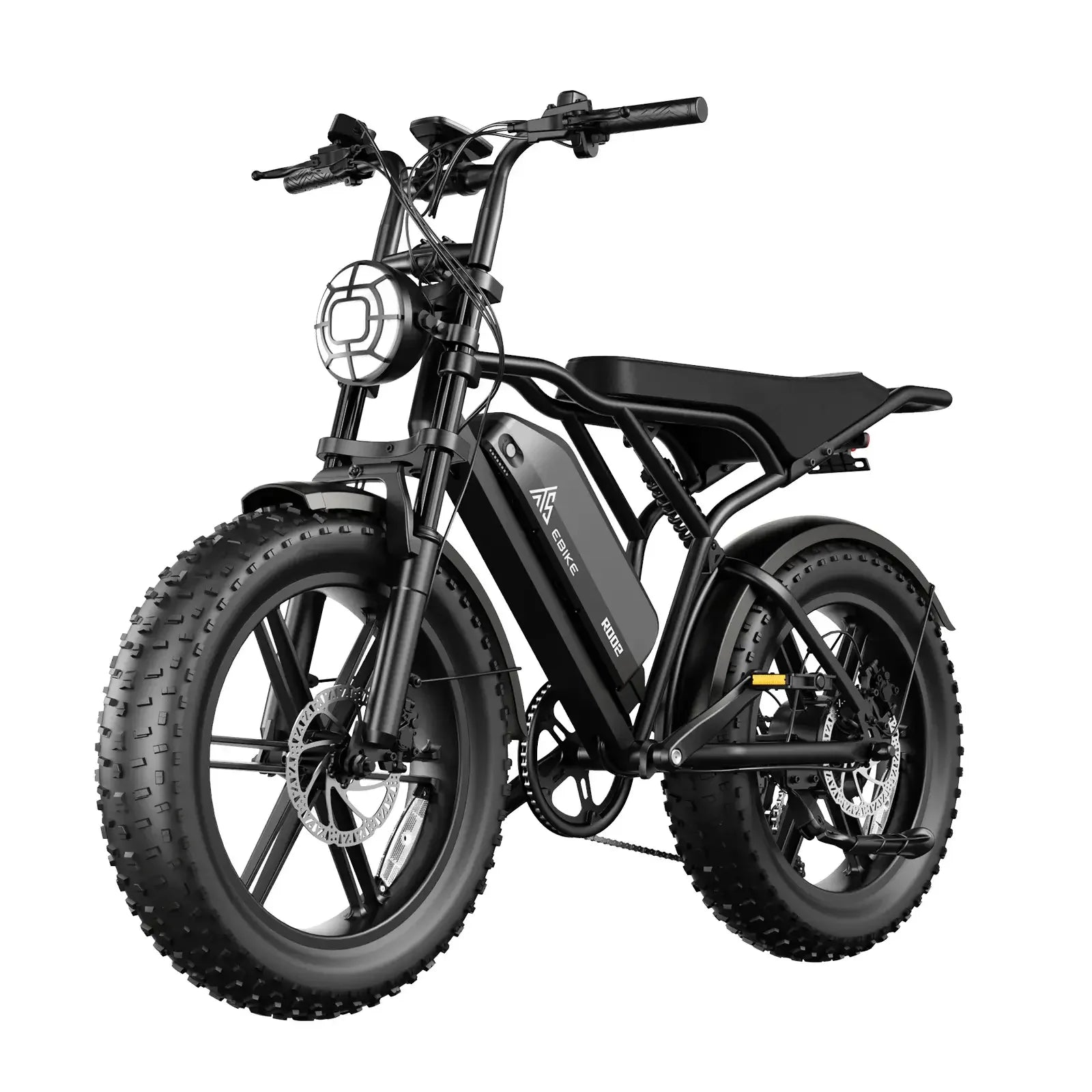

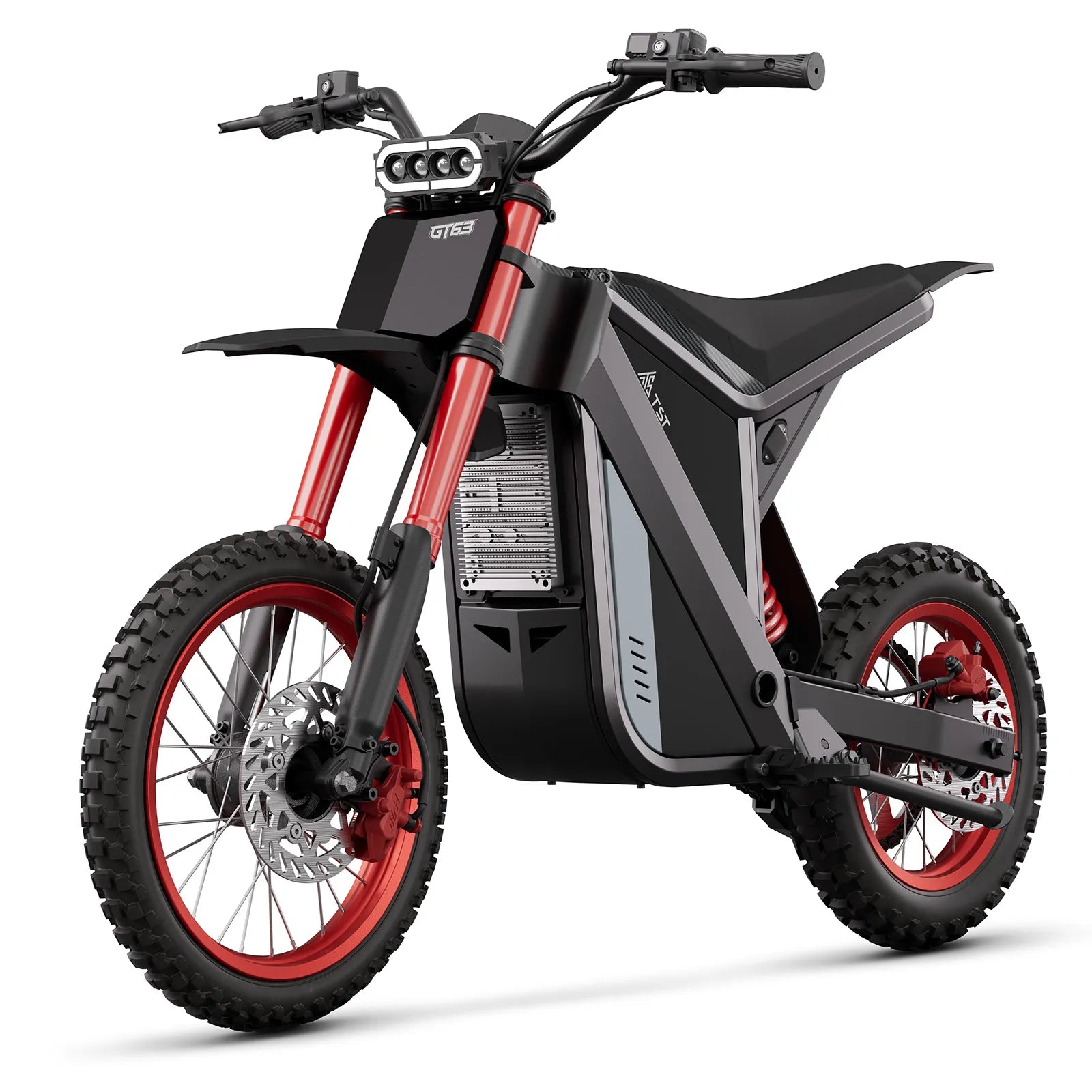
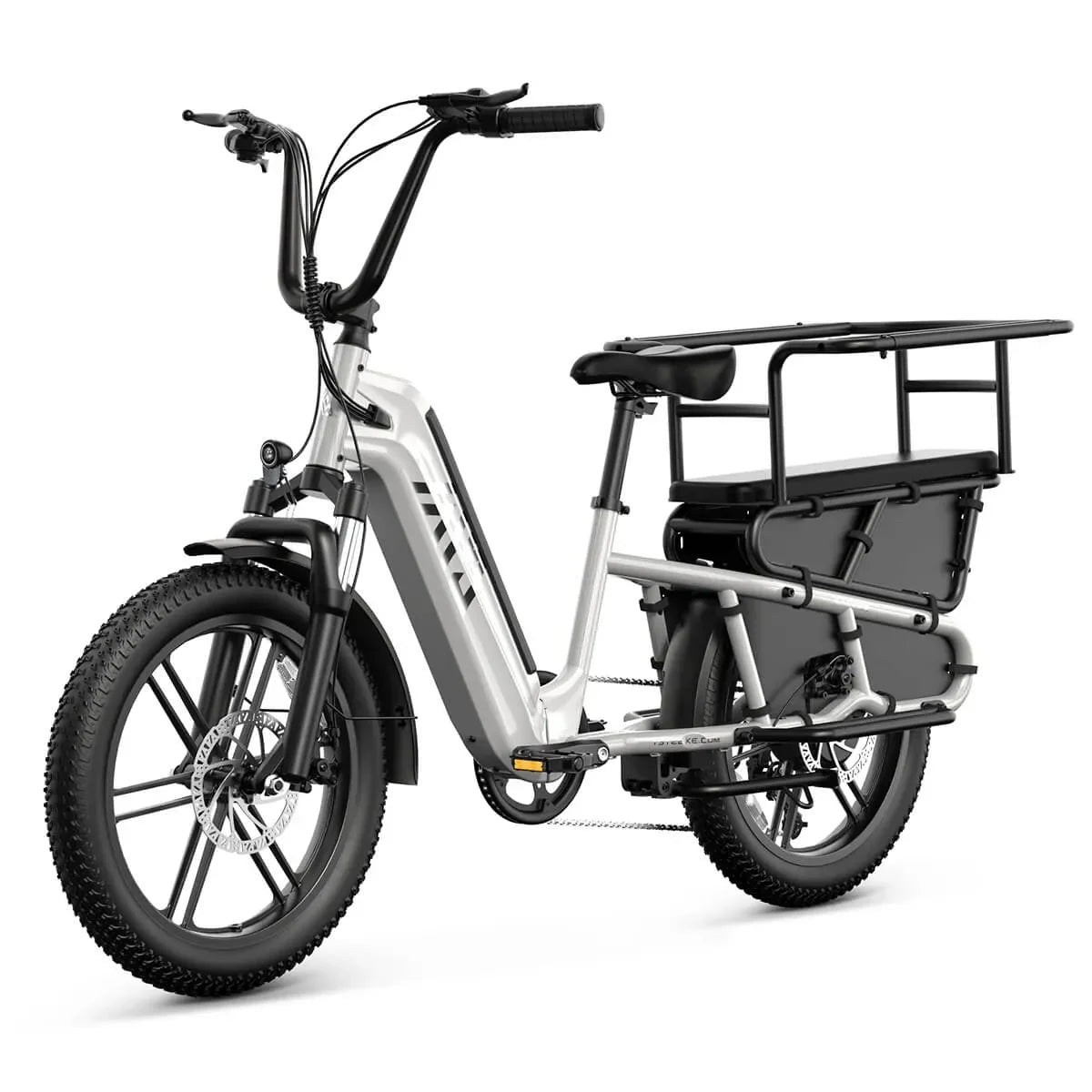
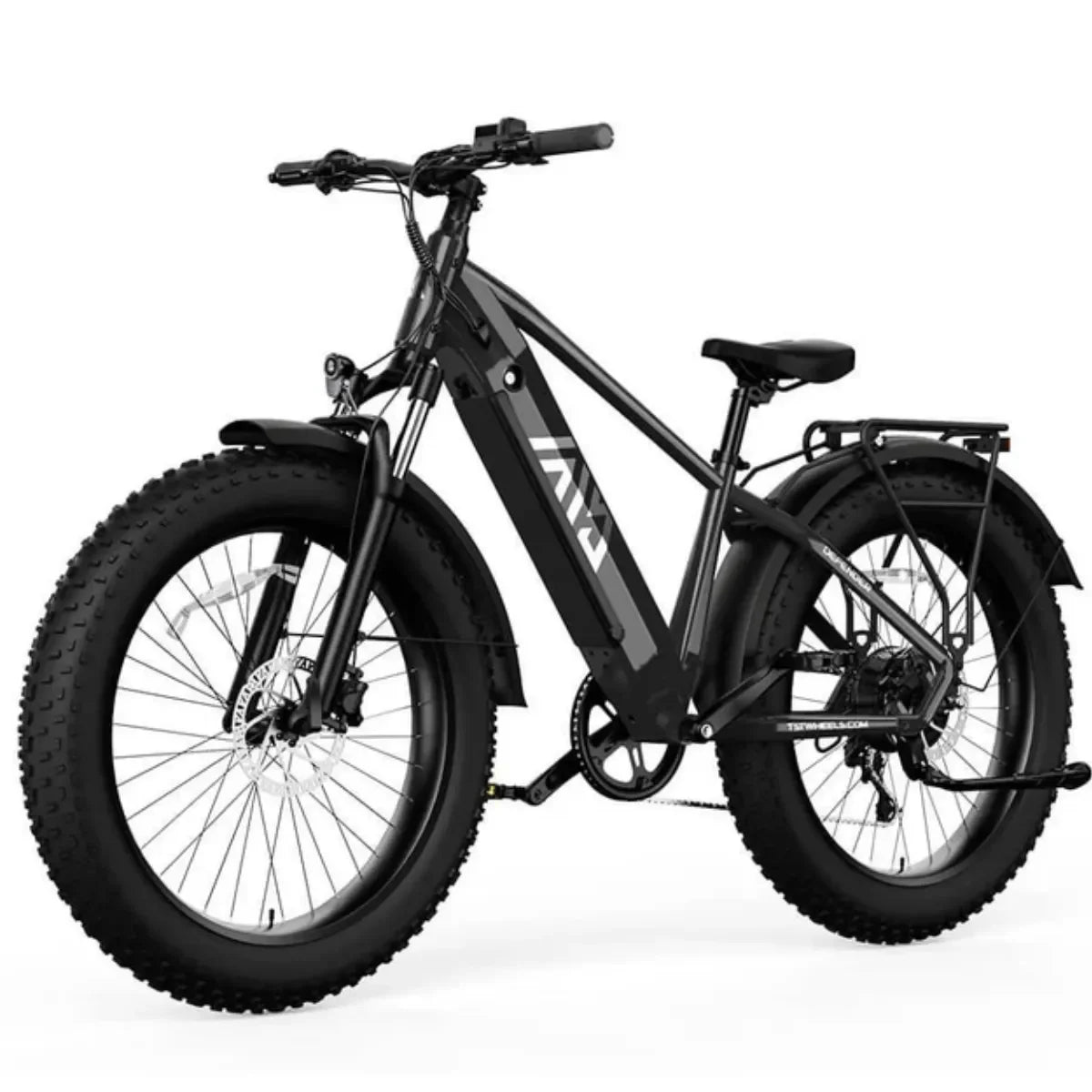
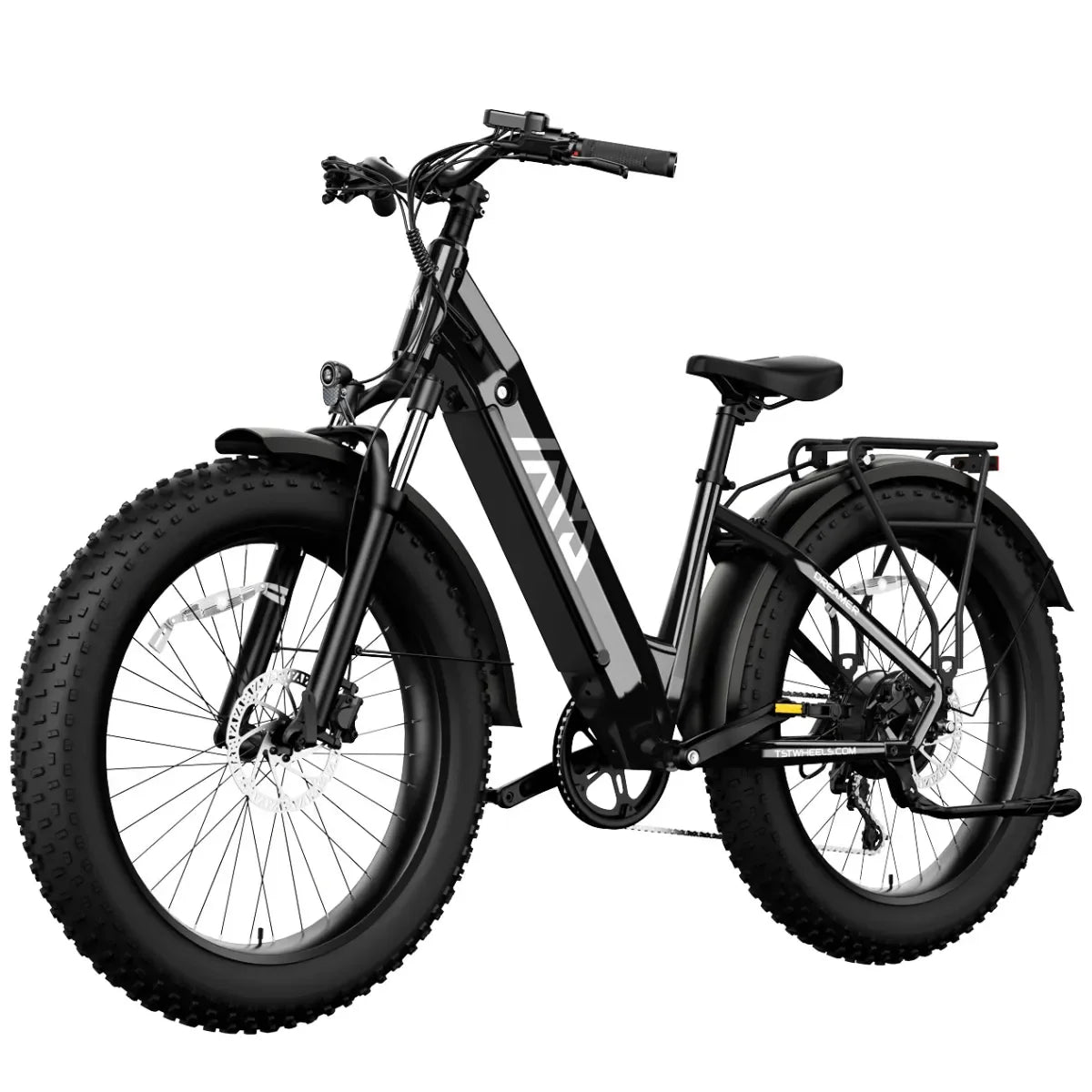
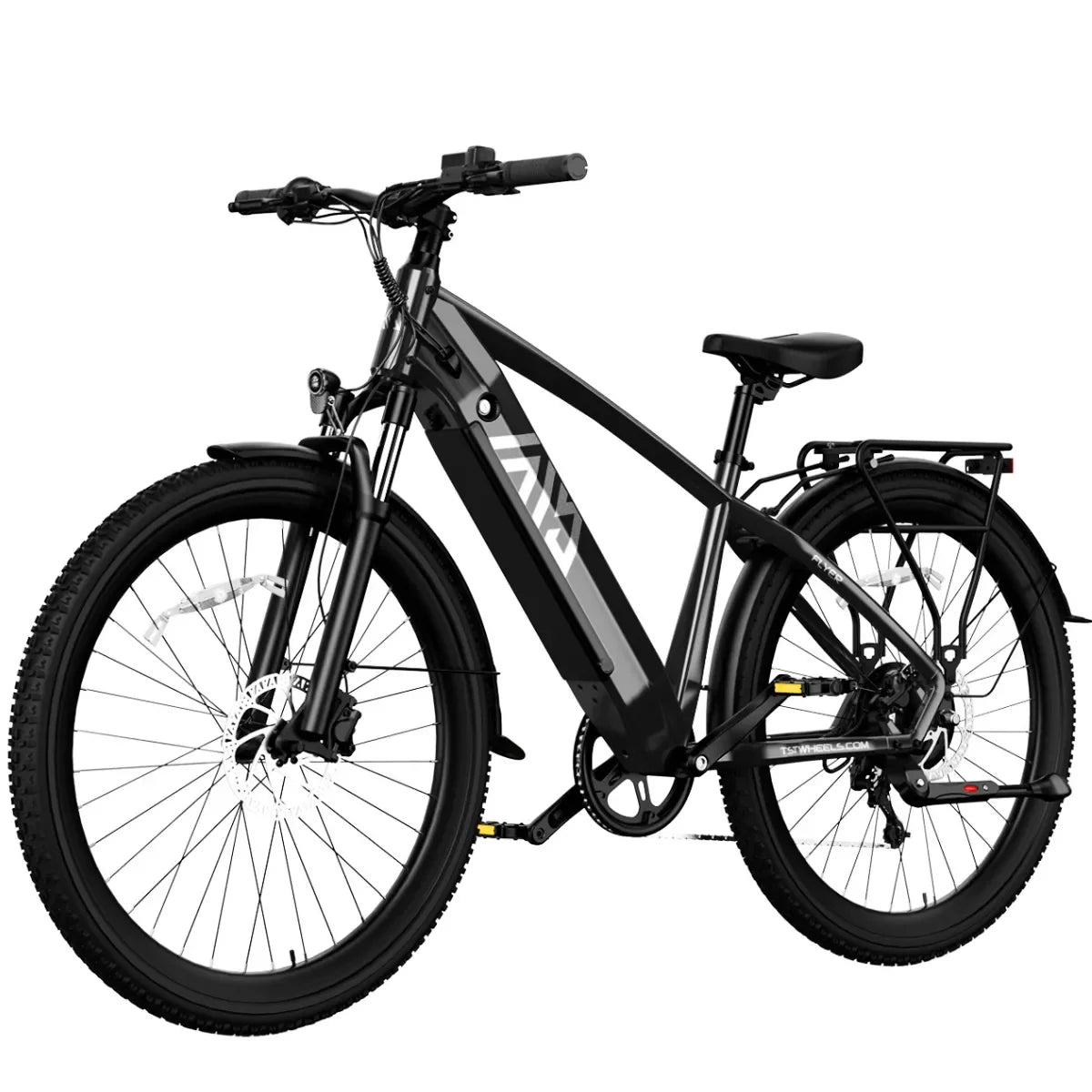
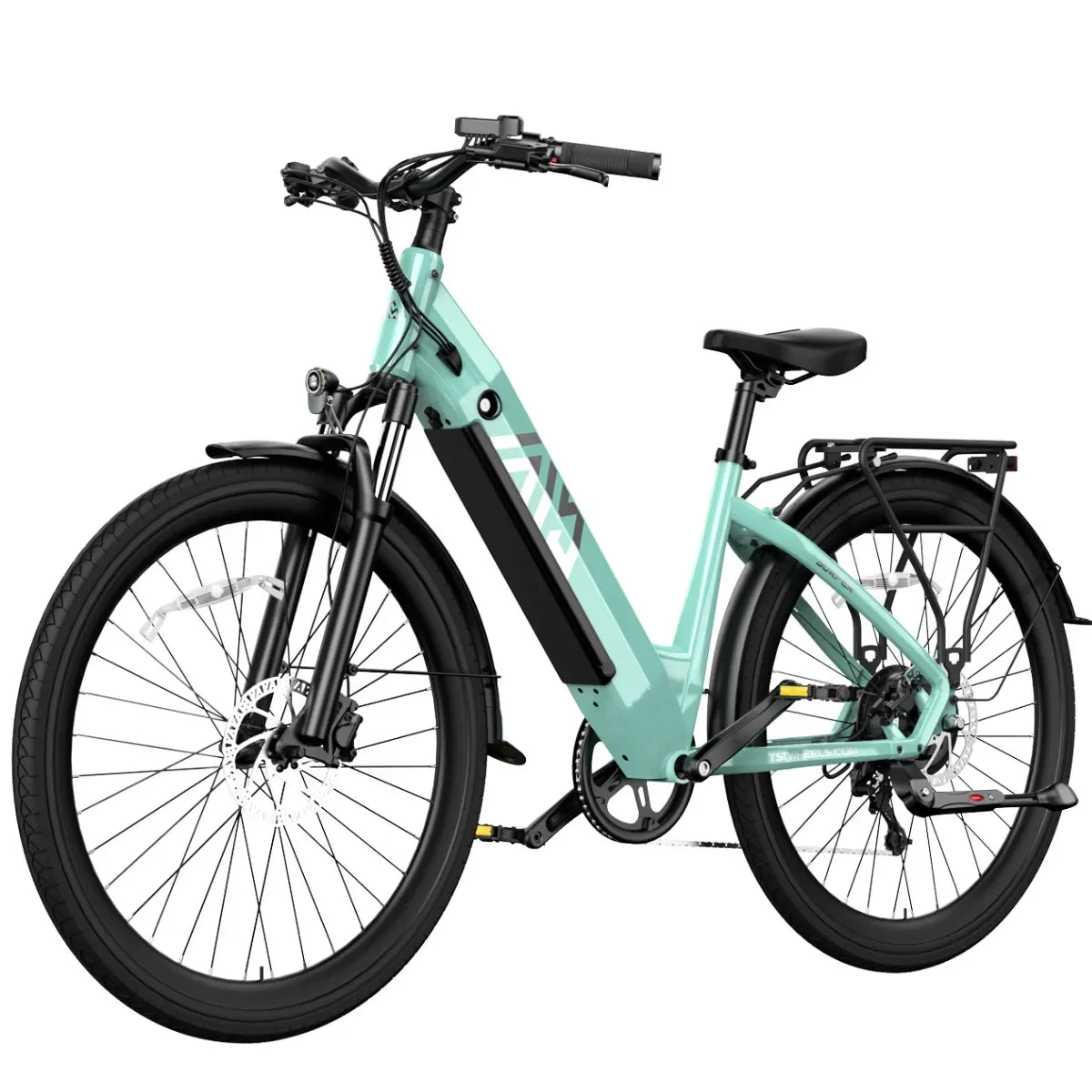
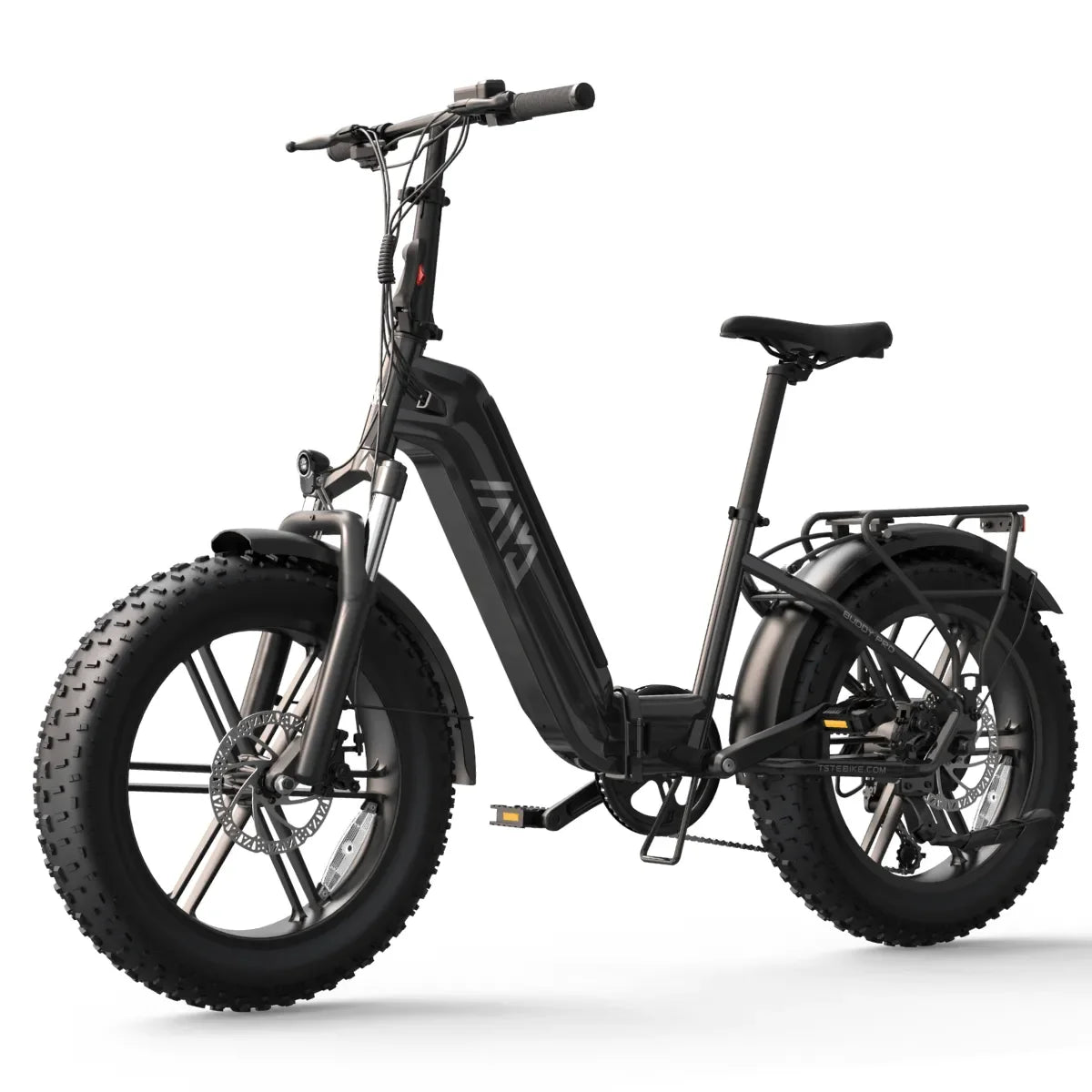
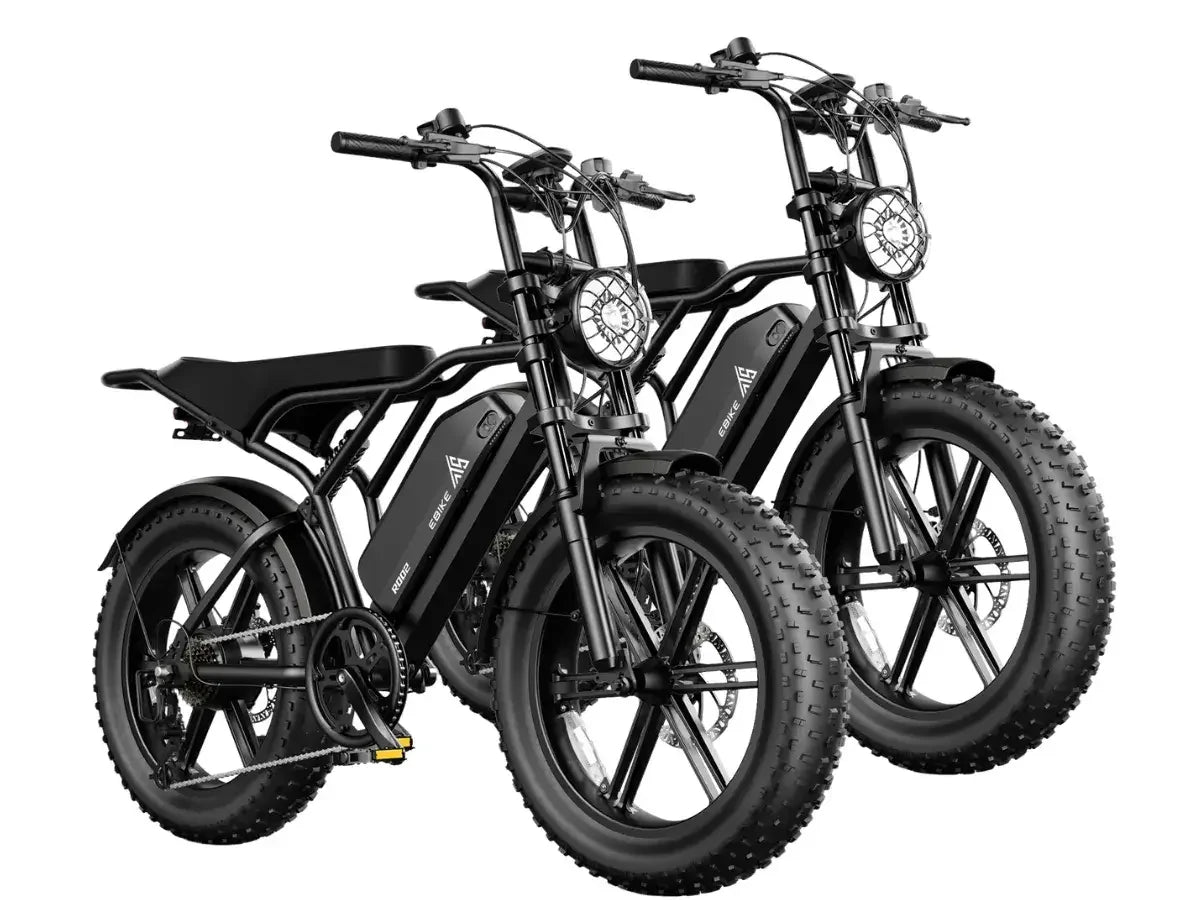
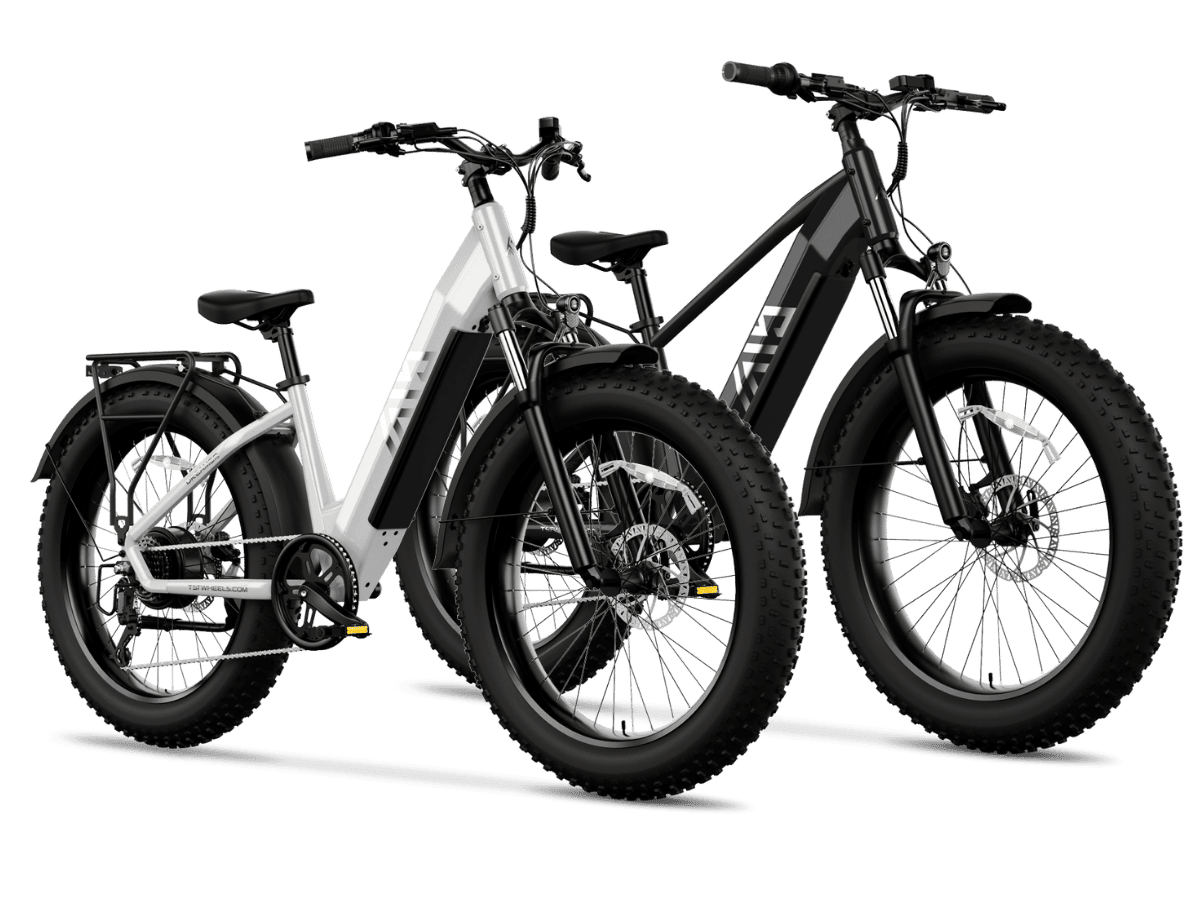
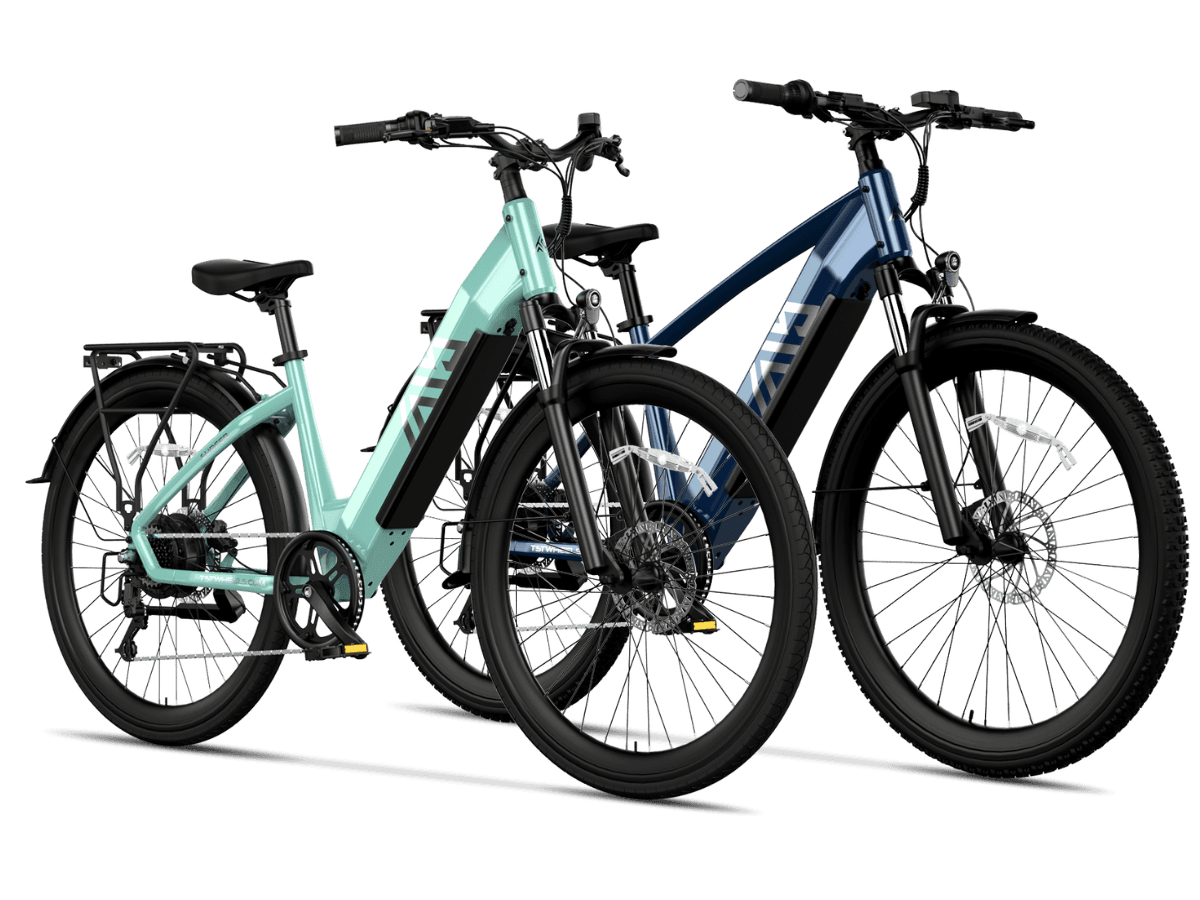
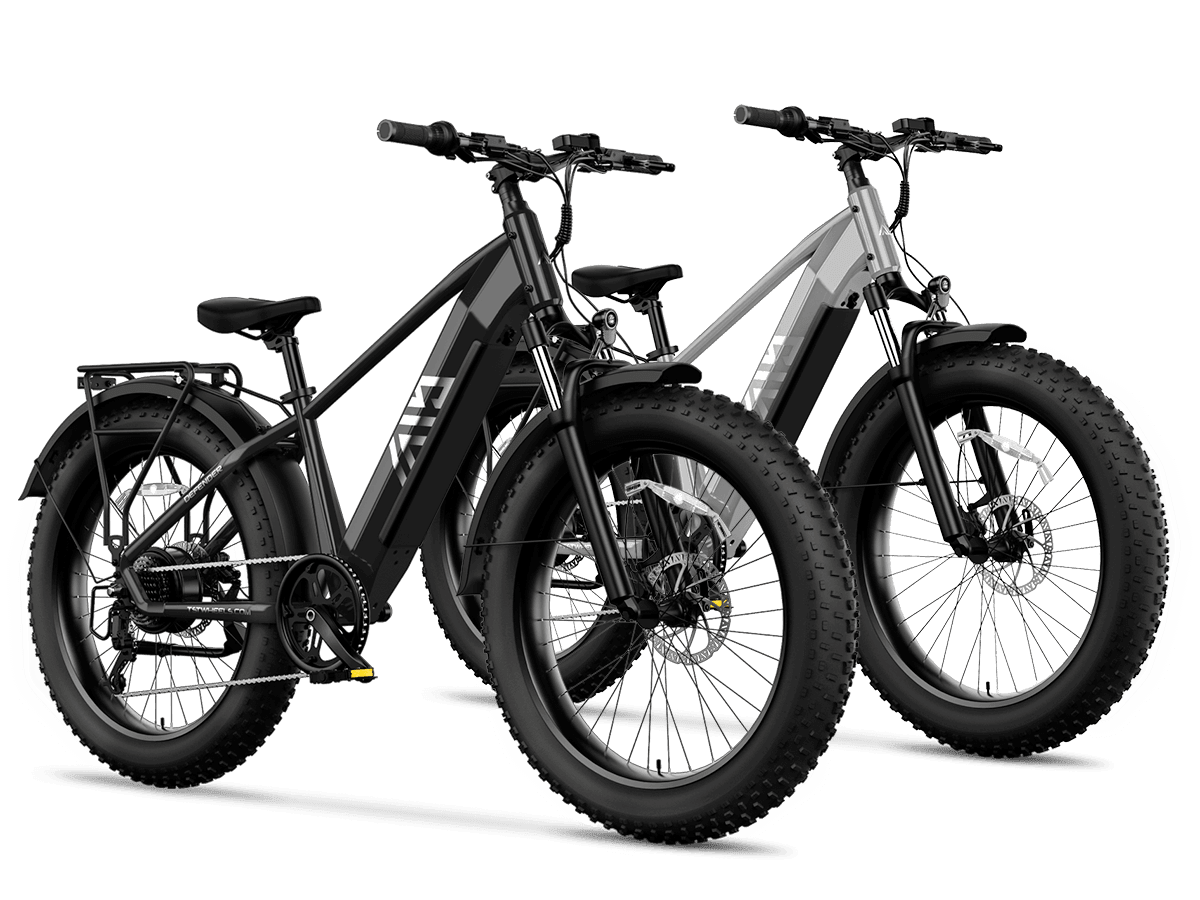
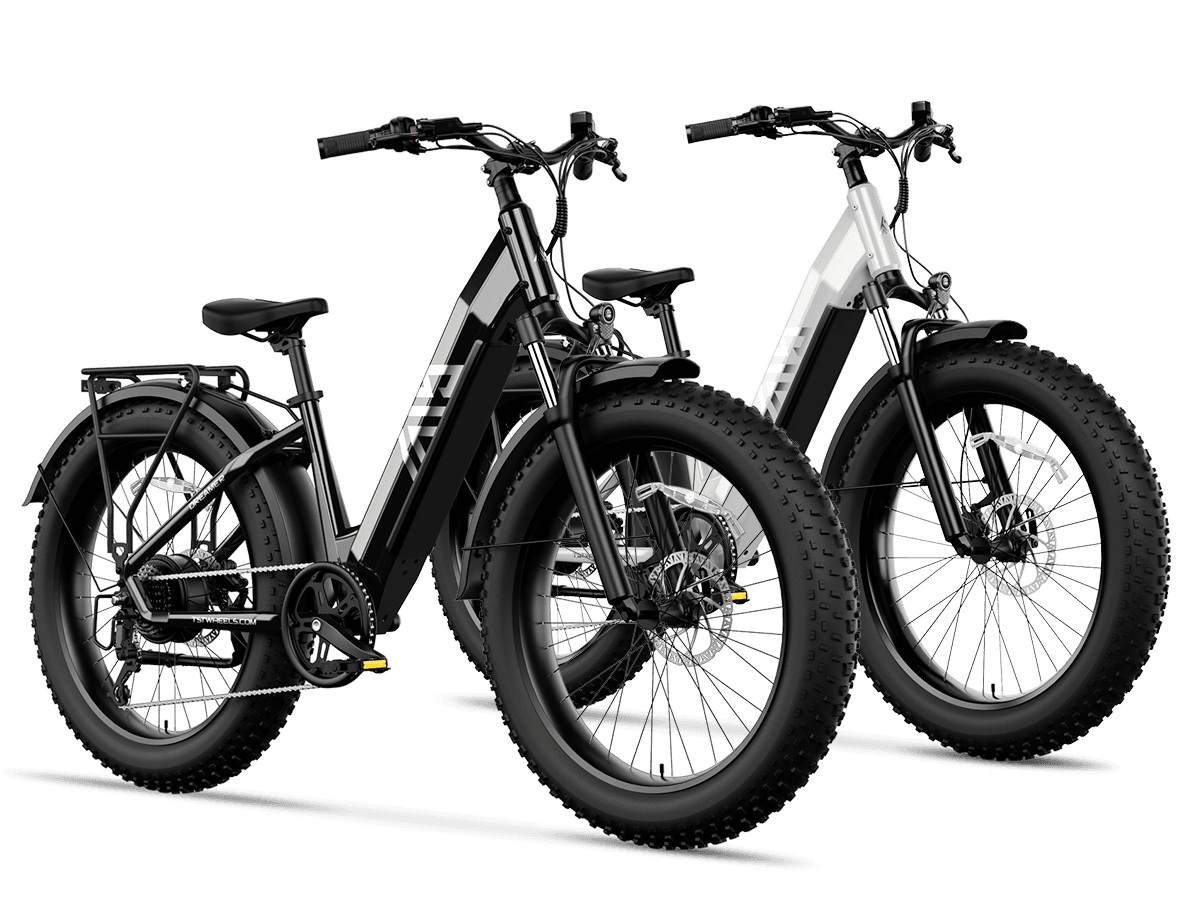
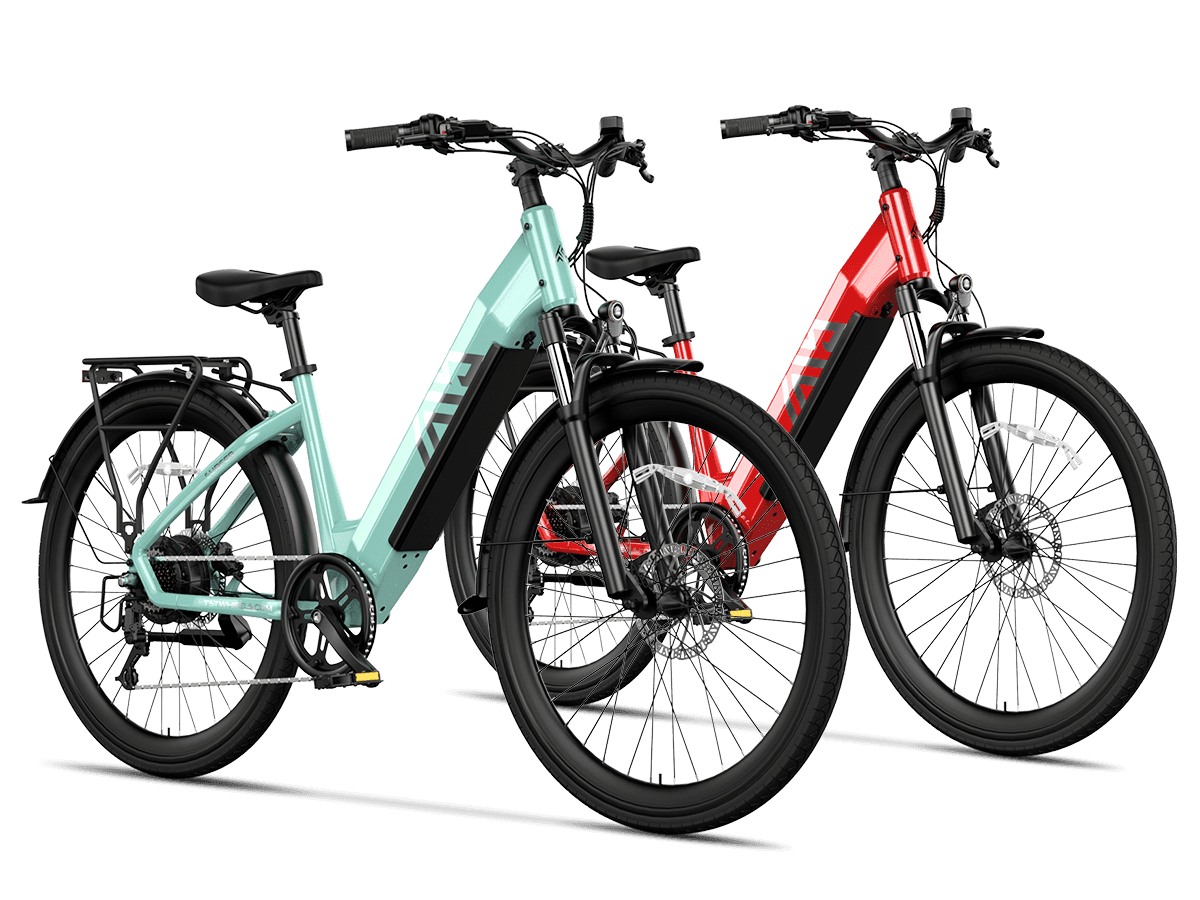
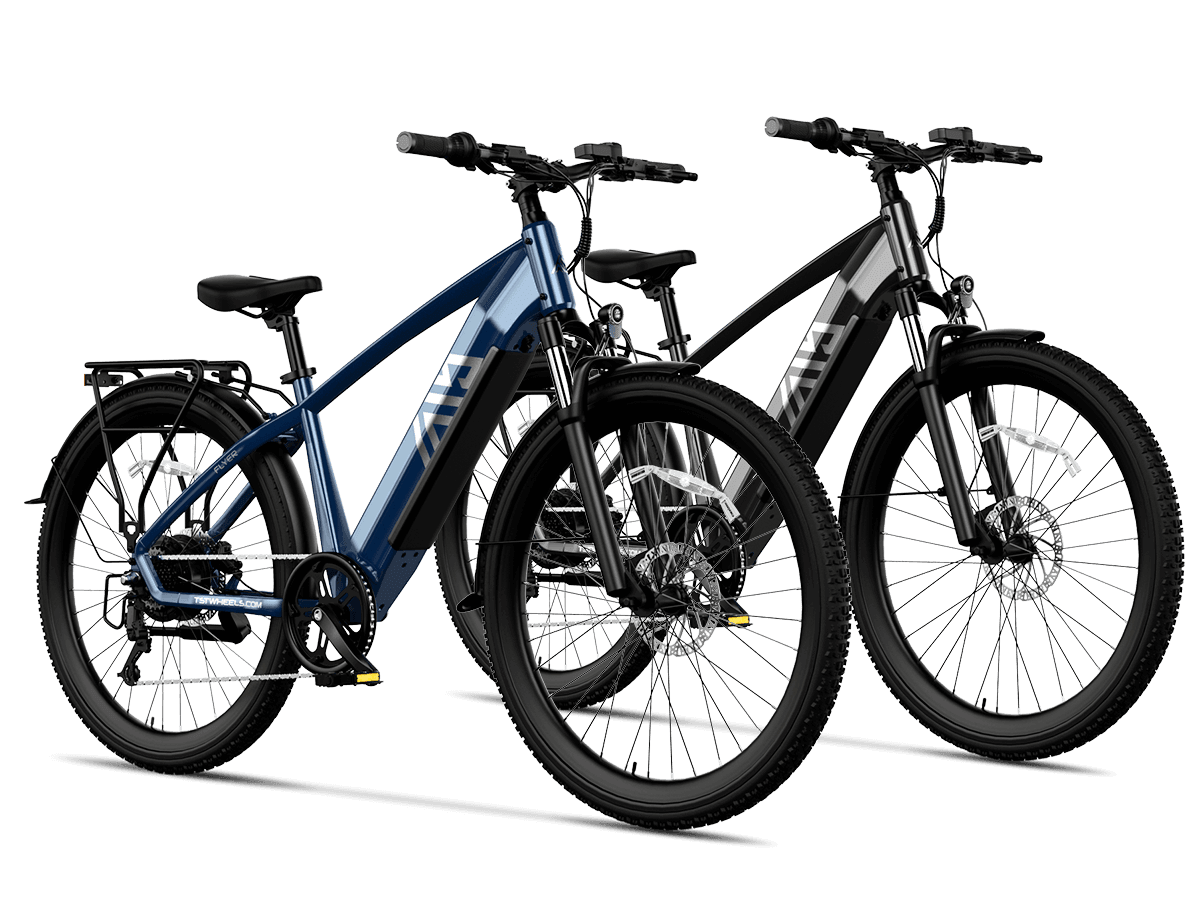


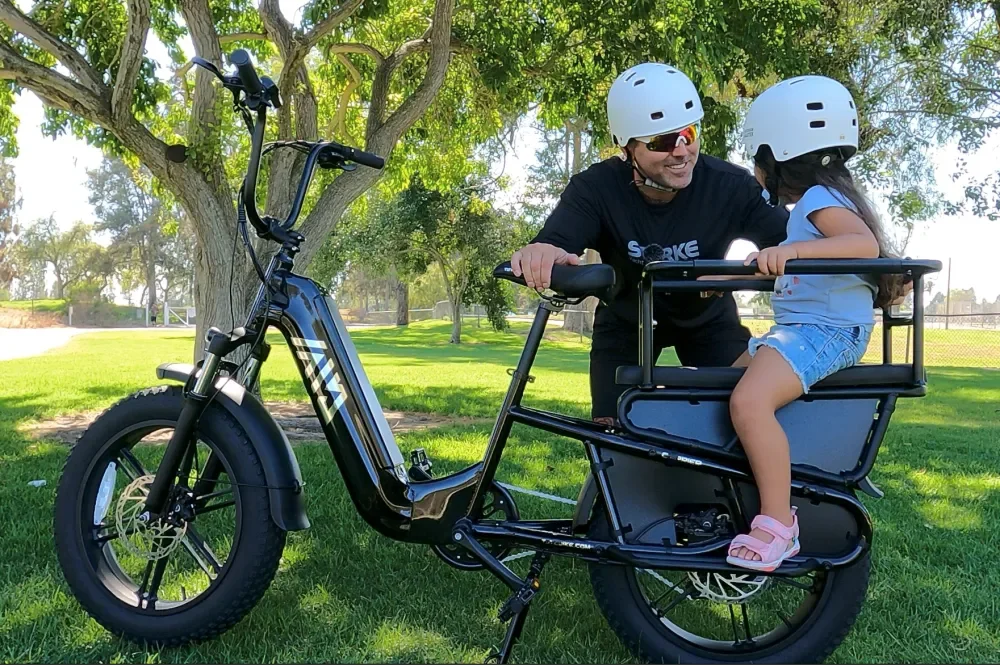


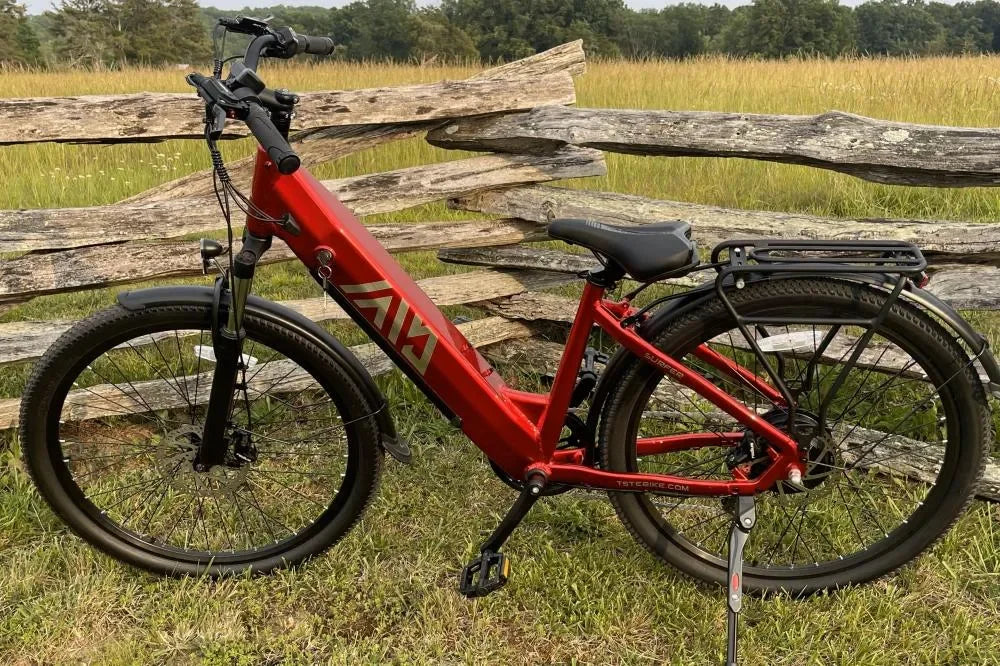
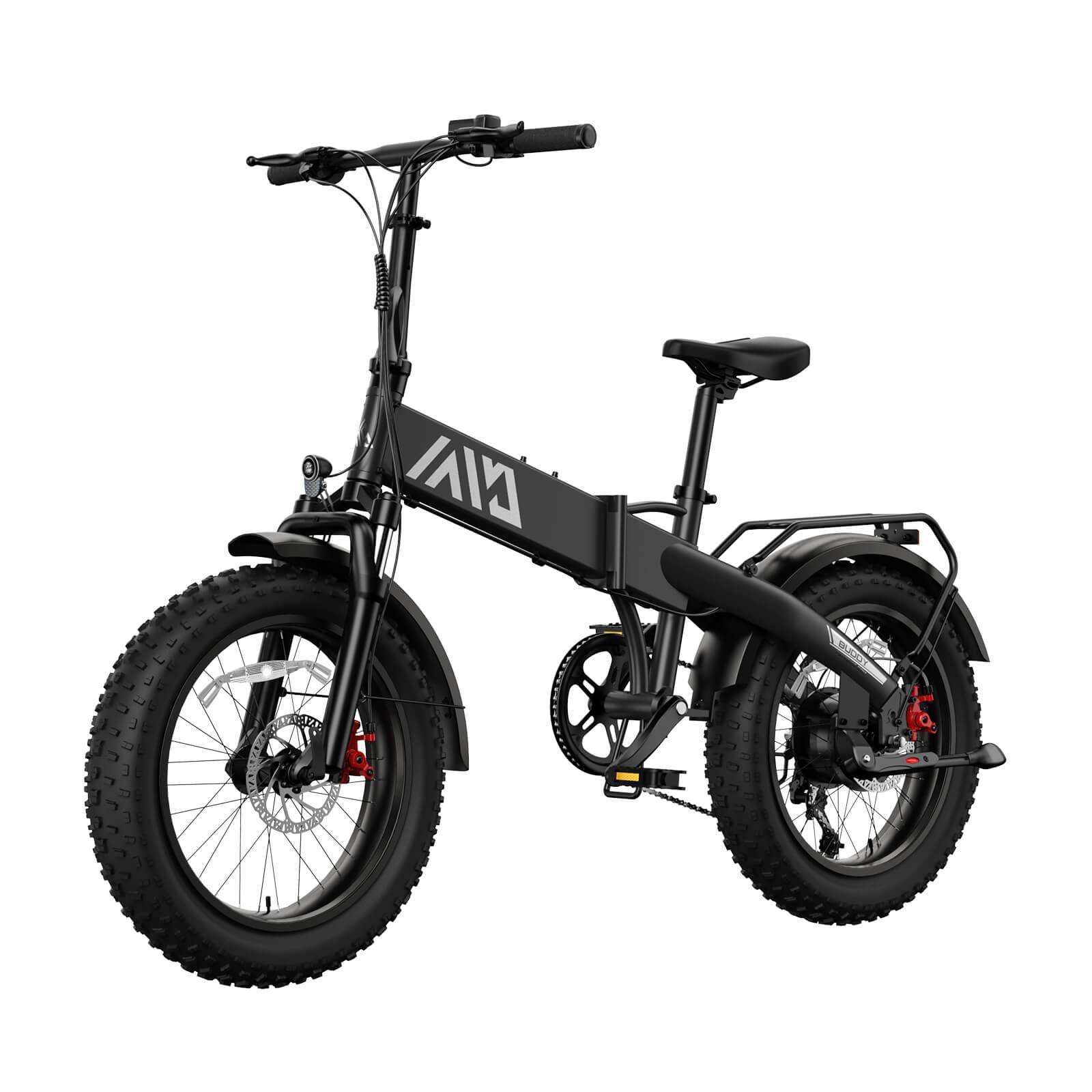



Leave a comment
All comments are moderated before being published.
This site is protected by hCaptcha and the hCaptcha Privacy Policy and Terms of Service apply.